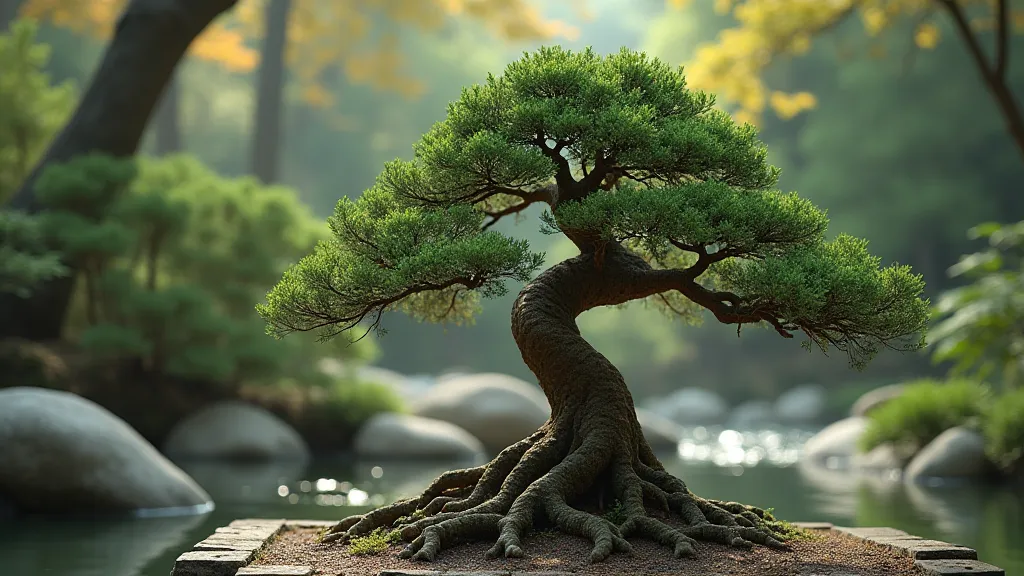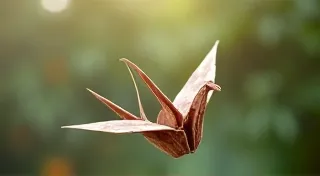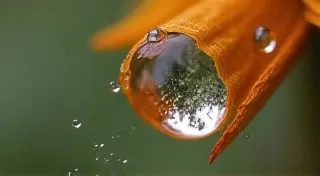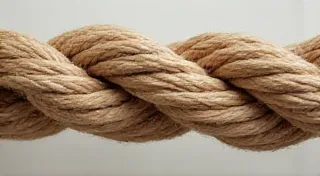Crimson Threads: Identifying and Mitigating Red Spider Mite Infestations
There’s a quiet dignity in age. It resonates in the creak of an antique rocking chair, the faded elegance of a vintage photograph, and, profoundly, in the gnarled branches of an ancient juniper bonsai. Each ring tells a story of resilience, of seasons weathered and challenges overcome. I recall finding a particularly beautiful Hiba juniper in a neglected corner of an estate sale, its trunk scarred but possessing a strength that transcended its past. Bringing it back to health felt like rescuing a forgotten memory, a testament to the enduring power of nature. Now, imagine that quiet dignity threatened, that strength imperiled not by the elements, but by tiny, almost invisible adversaries: red spider mites. Their presence isn't a dramatic assault, but a slow, insidious creep, like encroaching shadows attempting to steal the light from your bonsai’s vibrant life.
Red spider mites (Tetranychus urticae) are almost microscopic arachnids, related to ticks and spiders. They’s a common pest of junipers, particularly those grown in containers, and their impact can be devastating if left unchecked. They’re masters of camouflage, blending seamlessly with the foliage, making early detection a crucial battle in their mitigation. Just as the meticulous construction of an antique accordion—a marvel of bellows, reeds, and keys—requires constant care and attention to detail, so too does the health of a juniper bonsai demand vigilance.

Recognizing the First Signs of the Encroachment
The initial invasion is subtle. Don's expect dramatic leaf drop or obvious wilting. Instead, look for a fine, stippled appearance on the needles. It's as if someone has taken a very fine brush and dabbed tiny dots of pigment onto the foliage. This "stippling" is the result of the mites piercing the needles and sucking out the chlorophyll, the very essence that gives junipers their green vitality. A reddish-bronze tinge, especially on the undersides of the needles, is another telltale sign. Think of it like a cherished accordion, its ivory keys starting to yellow with age if neglected—a gradual fading that speaks of a loss of vibrancy. Heavy infestations can result in needles turning completely bronze or reddish-brown, and eventually, they're going to dry and drop.
A thorough inspection is essential. Use a magnifying glass or jeweler’s loupe—essential tools for anyone serious about bonsai care, just as they are for restoring antique instruments—to examine the undersides of the needles. You might actually see the tiny mites themselves, looking like minuscule red or orange dots moving about. They leave behind fine webbing, particularly in sheltered areas of the bonsai. This webbing is another key indicator of their presence, a delicate, yet damaging network that hinders the tree’s ability to photosynthesize.
Battling the Shadows: Mitigation Strategies
The battle against red spider mites isn's a single blow; it's a sustained effort. Prevention is paramount, naturally. Maintaining optimal environmental conditions – adequate ventilation, proper watering, and avoiding excessive heat – helps keep your juniper bonsai strong and resilient, less susceptible to infestation. Regularly rinsing the foliage with a strong stream of water can physically dislodge mites and their eggs. This mimics a natural rain shower, crucial for maintaining overall health.
If an infestation is detected, several treatments are available. Horticultural oils, like neem oil, smother the mites and disrupt their life cycle. They’s relatively safe for junipers, but always test a small area first to ensure there’s no adverse reaction. Insecticidal soaps offer a similar effect, and are often preferred for their low toxicity. Spinosad is another organic option that provides effective control, but again, cautious application is key. For persistent or severe infestations, miticides may be necessary, but these should be used as a last resort due to their potential environmental impact. Remember, just as a skilled accordion repairer wouldn's use harsh chemicals that could damage the delicate reeds, we must approach mite control with a thoughtful, measured approach.
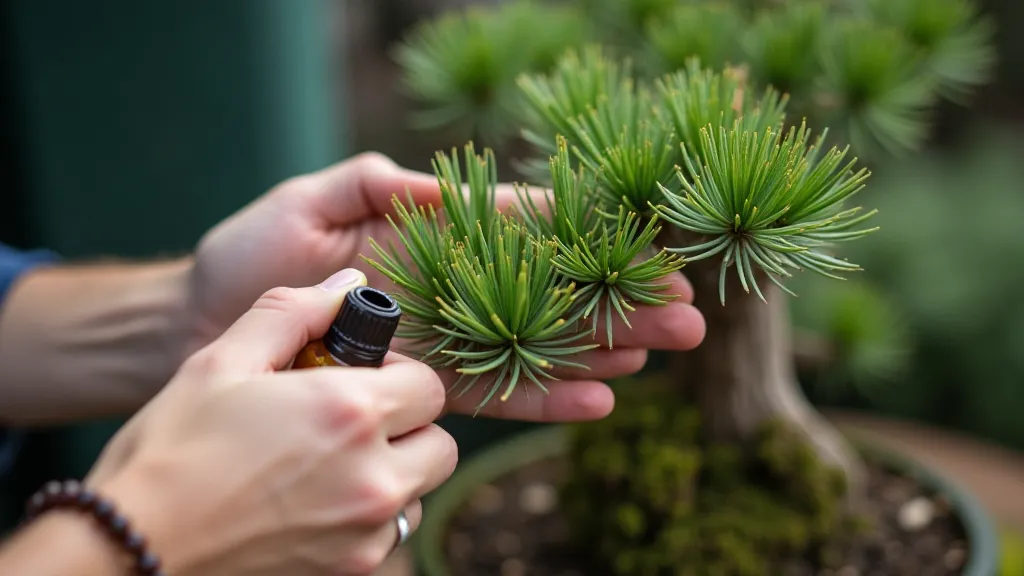
Wiring and Repotting: Opportunistic Care
The timing of wiring and repotting can play a role in maintaining juniper bonsai health. Repotting, ideally done in early spring, provides an opportunity to inspect the root system for any underlying issues that might be weakening the tree. A strong root system is the foundation of a healthy bonsai, just as a well-constructed accordion body is essential for its longevity and sound. During repotting, it's also a good time to physically remove any webbing or infested debris from the soil surface.
Wiring is a crucial technique for shaping juniper bonsai, but it’s important to be mindful of potential stress on the tree. Stressed junipers are more susceptible to pests and diseases. Ensure that the wire isn’s too tight and doesn’t restrict growth. Regularly check the wire to prevent it from biting into the bark.
Long-Term Vigilance and Appreciation
The journey of cultivating a juniper bonsai isn’s simply about achieving a desired aesthetic. It’s a commitment to understanding the intricacies of the tree’s life cycle, recognizing the subtle signs of distress, and providing the consistent care it needs to thrive. Just as a collector cherishes an antique accordion not only for its musicality but also for its historical significance and craftsmanship, we must appreciate the unique character of each juniper bonsai and the stories they hold. Each scar, each twist, each needle represents a moment of resilience, a testament to the enduring power of nature. The occasional battle against red spider mites isn’s a defeat; it’s a reminder of the ongoing dance between grower and tree, a partnership built on observation, care, and a deep appreciation for the enduring beauty of the juniper.
